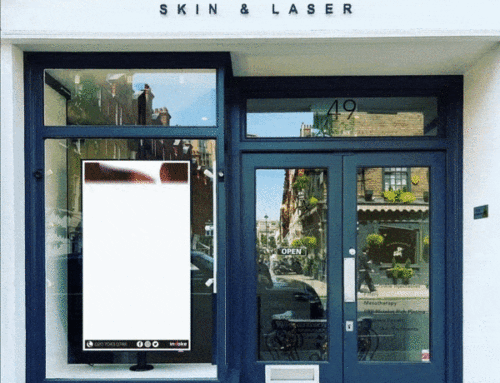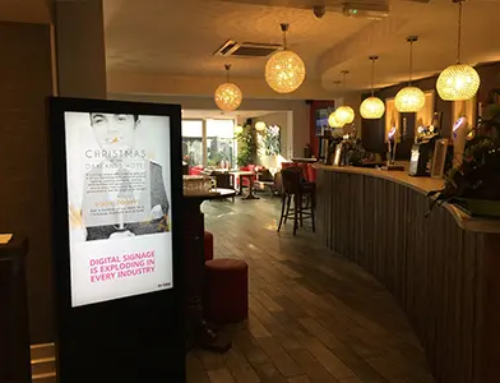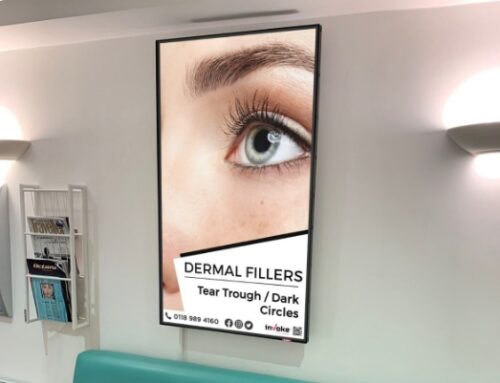If Starbucks forged its position on the high street by creating the much-heralded “third space” between home and work, the social media age gives brands the opportunity to create a “fourth space” that bridges the divide between real and virtual experience.
Starbucks has already evolved its offering to compete in this as-yet-unconquered “fourth space”. Its app enables users to order drinks online and collect in-store. The “space” Starbucks provides is not physical but in the delivery mechanism, giving arguably the most precious of consumer commodities: time.
Sam Shaw, head of insight at Canvas8, believes rapid urbanisation is putting a premium on personal and physical space, which is being compounded by an increasing sense of alienation in society. He says: “City-dwellers, cramming into ever-smaller dwellings, are creating and joining new communities online and then seeking new spaces offline to recapture this lost intimacy.”
Seizing the opportunities arising from this desire is a key challenge for marketers. The emergence of apps such as Hey! Vina underlines the fact that there remains an innate need among consumers to find emotional spaces and experiences that connectivity alone cannot fill. As Hey! Vina founder Olivia Poole explains: “The core of our business is sparking those in-person connections. You might have thousands of friends on Facebook who like your page or photos and still feel alone.”
Brands can help fill this void and, as shown by the rise of online personal coaches and communities that help build real-world relationships beyond dating, consumer appetite for a “fourth space” is palpable.
Lucy Doubleday, managing partner at We Are Social, says there will be an increase in supportive spaces online generally and, more specifically, social networks for women. She adds: “No amount of clever algorithms can completely remove the nerves people experience when meeting others for the first time.”
The fourth space may be in its infancy, but it promises consumers relationships built on something more enduring than “Netflix and chill”.
Creating a new space
image: http://offlinehbpl.hbpl.co.uk/news/OMC/richedit/HeyVina.jpg

The industry is awash with tales of social networks disrupting communications. But for Olivia Poole, founder and chief executive of the Hey! Vina app for women [above], it is the individual, not the algorithm, that is at the heart of this shift.
“I see a global movement towards championing community over competition, and it is being driven by women,” Poole says. “In the old days, men had the boys’ club and women were thought to be in competition with each other.” She points out that, in fact, women tend to be more friendship-oriented.
Hey! Vina wants to capitalise on this desire for friendship – it has already been dubbed “Tinder for girl friends” and has the same “swipe right” functionality (if two people swipe “yes” on each other, a message pops up and they can take the blossoming friendship offline).
With a background in product design, Poole knows the shortcomings of not understanding what women want. “Women don’t feel that brands understand them,” she says. “I really wanted to create a platform to solve that problem.” Hey! Vina aims to be that solution. The app was born out of Poole’s own need to meet people following her move to San Francisco – after a mixed response trying to make friends on dating app OkCupid, she set up Ladies who Vino, a networking club in the city. This experience formed the launch pad for Hey! Vina.
The biggest surprise was the app’s popularity among college-age women. Poole says: “When people are so used to interacting online, they are less inclined to put themselves out there than our parents’ generation.” The ability to connect in the real world – the confidence, body language and vulnerability of reaching out to make a face-to-face connection – is perhaps a skill that we have lost.
Poole believes Hey! Vina is offering the best of both worlds; that the growth of online communities does not signal the end of real connections. “I try to maintain the perspective that these are large-scale cultural shifts,” she says. “Yes, there are things we are losing if people are Snapchatting all the time; but we need to exist – we still need food, shelter, love and the ability to express ourselves.”
Original post by: Nicola Kemp, Campaign Live



